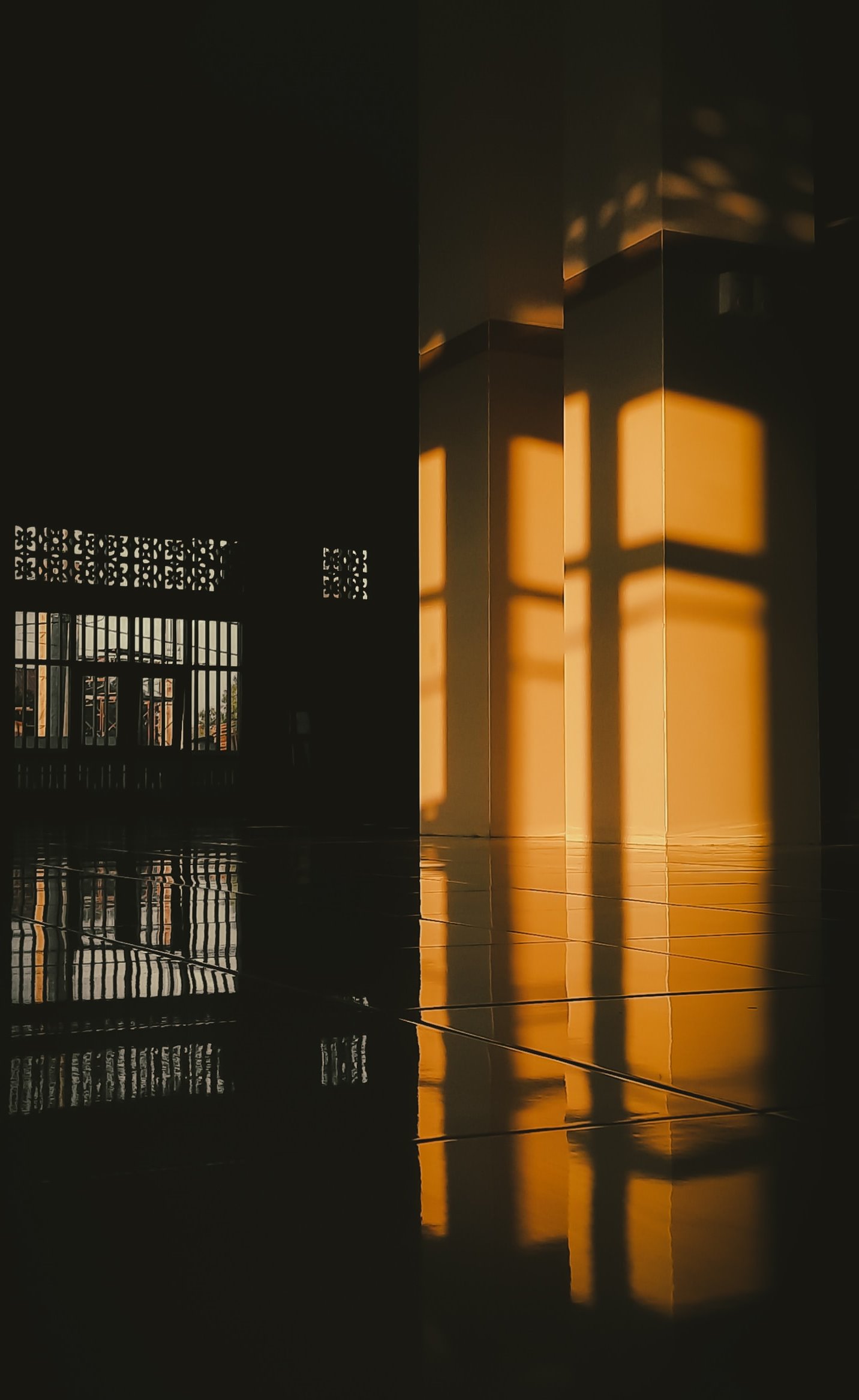🔹 1. The Revelation of the Qur’an (610–632 CE)
📍 Where it began:
- The Qur’an was first revealed to Prophet Muhammad ﷺ in 610 CE at the age of 40.
- The first verse revealed was: “Read in the name of your Lord who created…” (Surah Al-‘Alaq 96:1)
🕊️ Method of Revelation:
- Revealed through Angel Jibril (Gabriel) over 23 years, in two phases:
- Meccan Period (610–622 CE): Focused on belief in one God, morality, and the afterlife.
- Medinan Period (622–632 CE): Included laws, social regulations, warfare, and governance.
📜 Characteristics:
- The Qur’an is oral in origin, rhythmic, and easy to memorize.
- Revelation was not chronological in order of today’s Surahs.
- Verses were revealed in response to events, questions, or divine guidance.
🔹 2. Preservation During the Prophet’s Life
🧠 Memorization:
- The Qur’an was primarily preserved orally. Many companions became ḥuffāẓ (memorizers).
- The Prophet encouraged memorization and frequently reviewed it with Angel Jibril (especially in Ramadan).
✍️ Writing:
- It was also written down immediately after revelation by official scribes.
- Common materials used:
- Animal skins (riqq)
- Palm leaves
- Flat stones
- Shoulder blades of animals
- Pieces of wood
🖋️ Main scribes included:
- Zayd ibn Thābit
- Ali ibn Abi Tālib
- Ubayy ibn Kaʿb
- Muʿāwiyah ibn Abi Sufyan
- Abdullah ibn Mas‘ūd
🕌 Arrangement:
- Prophet Muhammad arranged verses within surahs under divine instruction.
- The full compilation into one book did not happen during his lifetime.
🔹 3. First Compilation – Under Caliph Abu Bakr (632–634 CE)
⚔️ Trigger: Battle of Yamama (633 CE)
- In a fierce battle against false prophet Musaylima, over 70 Qur’an memorizers died.
- This raised concern that parts of the Qur’an might be lost.
🗂️ The Collection:
- Caliph Abu Bakr, urged by Umar ibn al-Khattab, ordered the first collection of the Qur’an.
- Zayd ibn Thabit led the task due to his role as a scribe and his reliability.
🧾 Method:
- Zayd collected:
- Verified written materials that were written in the Prophet’s presence.
- Confirmed them with at least two witnesses.
- The result was a complete manuscript (Mushaf).
📥 Storage:
- The compiled Mushaf was:
- First kept with Abu Bakr,
- Then passed to Umar,
- Then stored by Hafsa bint Umar, one of the Prophet’s wives.
🔹 4. Standardization – Under Caliph Uthman ibn Affan (644–656 CE)
🌍 Islam Expands:
- Islam spread rapidly to Iraq, Egypt, Syria, Persia, and North Africa.
- Differences in pronunciation and dialect led to confusion and even disputes.
- Particularly noticeable in cities like Kufa, Basra, and Sham (Damascus).
⚠️ Crisis Point:
- In Armenia and Azerbaijan, a dispute broke out during a military campaign over recitation styles.
- Commander Hudhayfah ibn al-Yaman reported this to Uthman.
📘 Uthman’s Action:
- Uthman ordered:
- The formation of a commission, again led by Zayd ibn Thabit, with other Qurayshi scribes.
- The production of a standard Qur’an in the Qurayshi dialect, the dialect of the Prophet.
📤 Distribution:
- 7 official copies were produced and sent to major cities:
- Mecca
- Medina
- Kufa
- Basra
- Damascus
- Yemen
- Bahrain (possibly)
- Uthman ordered all unofficial, variant manuscripts to be burned or buried to eliminate confusion.
🔹 5. Later Developments in the Text (Post-Uthmanic Era)
📝 Diacritical Marks and Vowelization:
- Original script lacked:
- Dots to distinguish letters (e.g., ب vs ت vs ث)
- Vowels (harakāt) like fatha, kasra, damma
- As Islam spread to non-Arabs, these were added for clarity:
- Abu al-Aswad al-Du’ali began adding dots and vowel marks (late 7th century).
- Later refined by scholars like Khalil ibn Ahmad.
📖 Canonical Readings (Qirāʾāt):
- Over time, different authenticated recitation styles (qirāʾāt) were preserved.
- Seven to ten canonical recitations are recognized, all traced to the Prophet via reliable chains.
- Most common today is the Ḥafṣ ‘an ‘Āsim recitation.
📚 Summary
| Time Period | Key Event |
|---|---|
| 610–632 CE | Qur’an revealed to Muhammad over 23 years; memorized and partially written |
| 633 CE | First collection ordered by Abu Bakr after deaths of memorizers |
| ~650 CE | Standard version compiled under Uthman; variant texts destroyed |
| 700–900 CE | Dots and vowels added; recitation styles systemized |
🕋 The Qur’an Today
- Muslims believe the Qur’an remains unchanged and preserved, as promised in the verse: “Indeed, it is We who sent down the Reminder (Qur’an), and indeed, We will be its guardian.” (Surah Al-Hijr 15:9)
- The Qur’an is now:
- Recited daily by millions
- Memorized by millions (including children)
- Available in hundreds of translations, though the Arabic text remains the same


